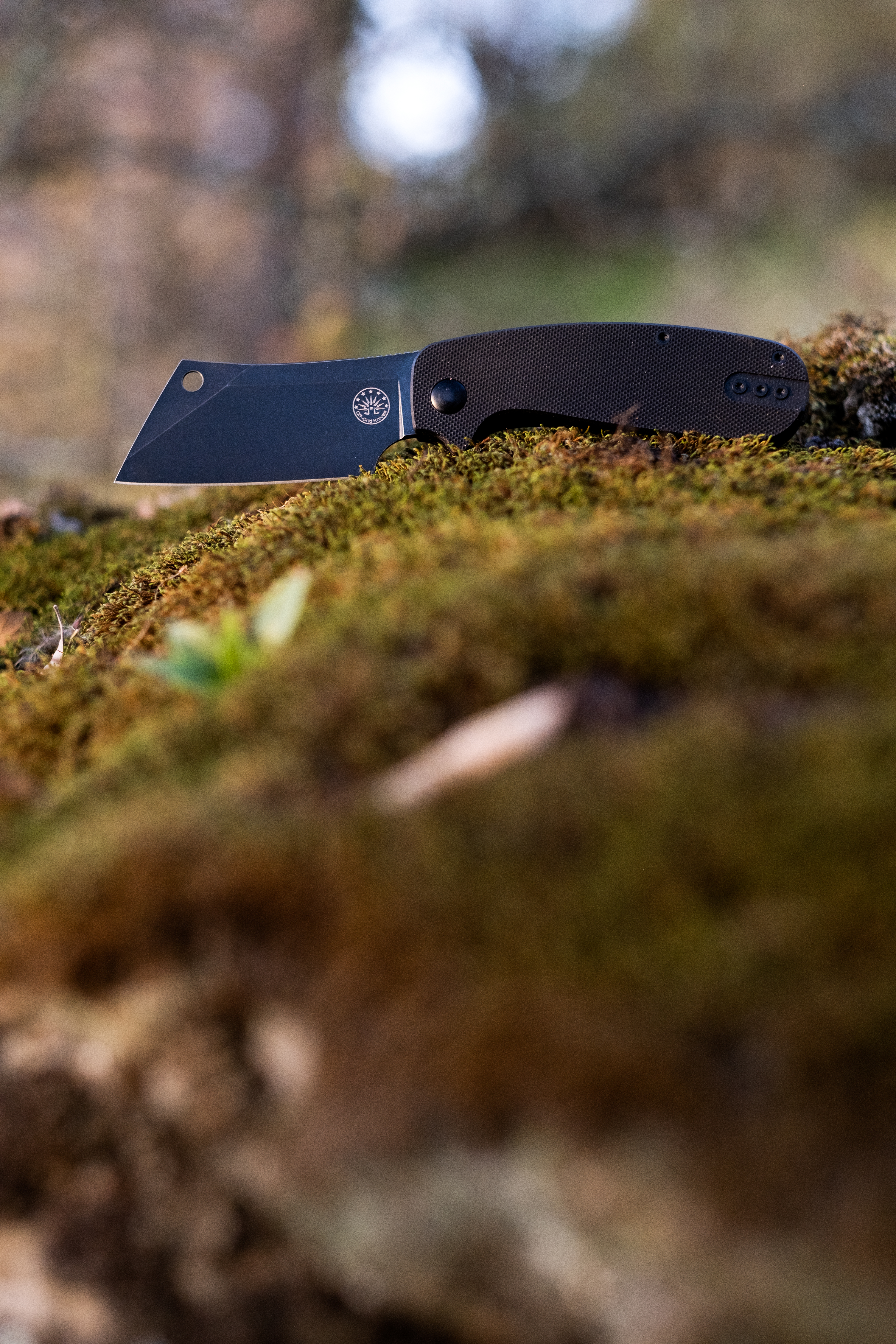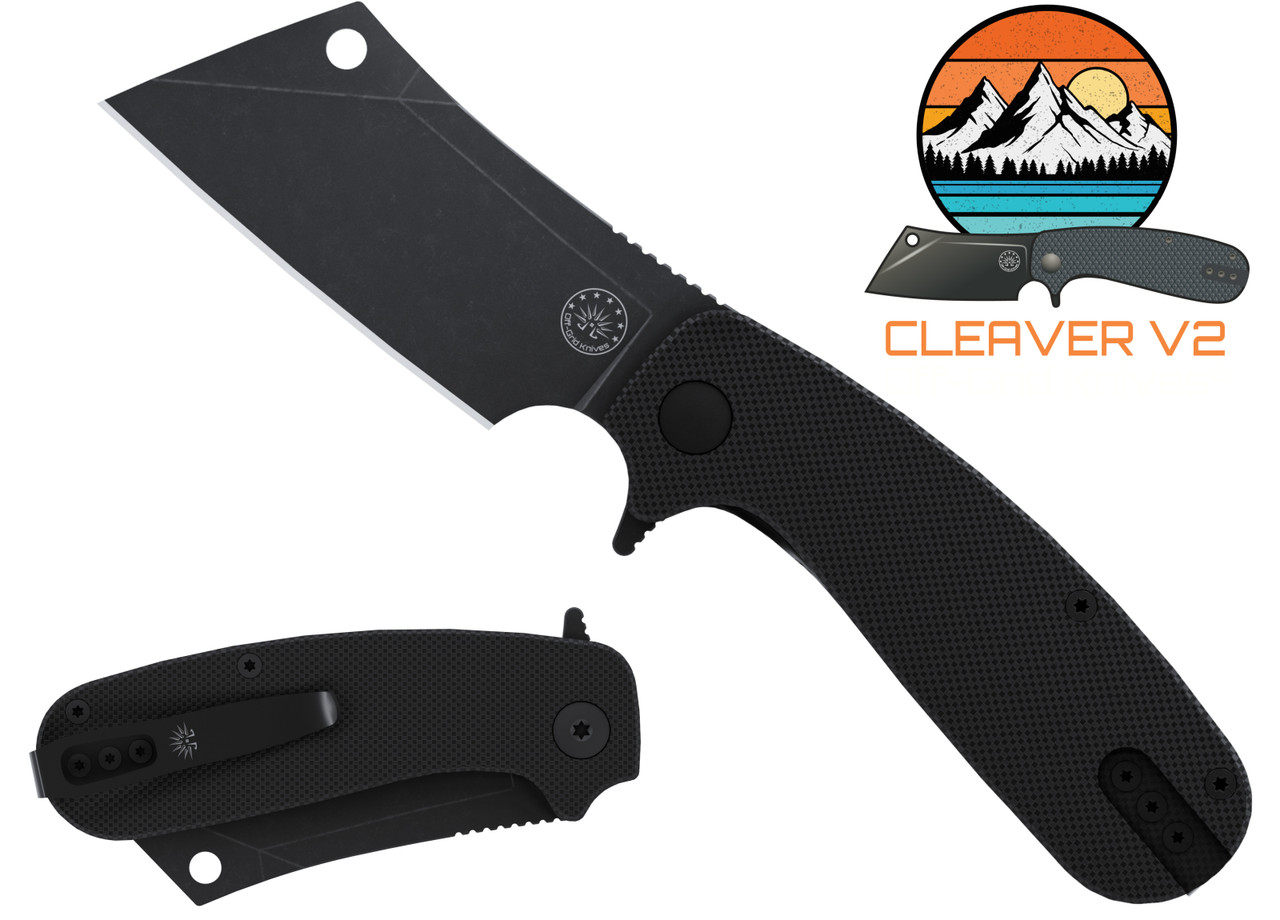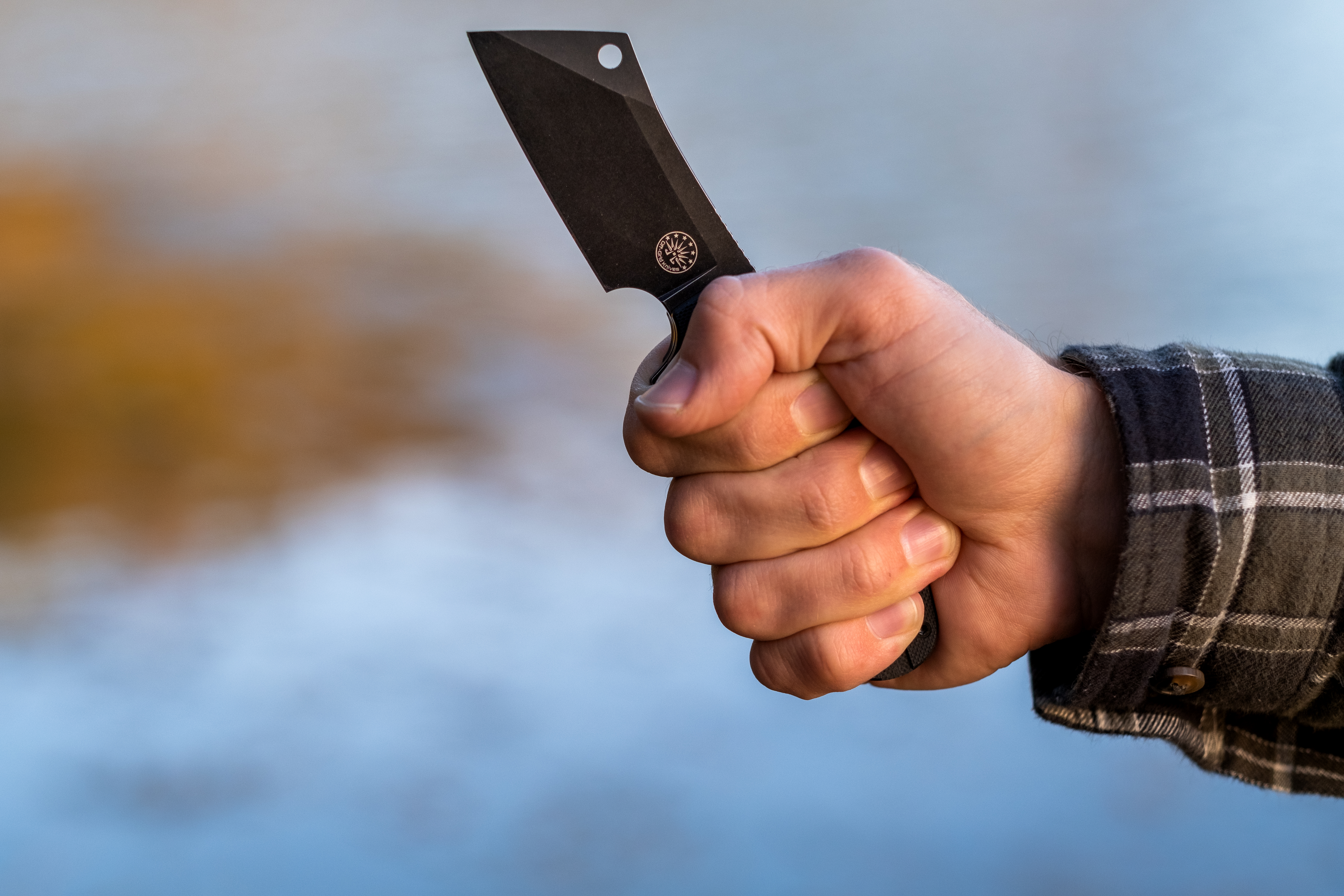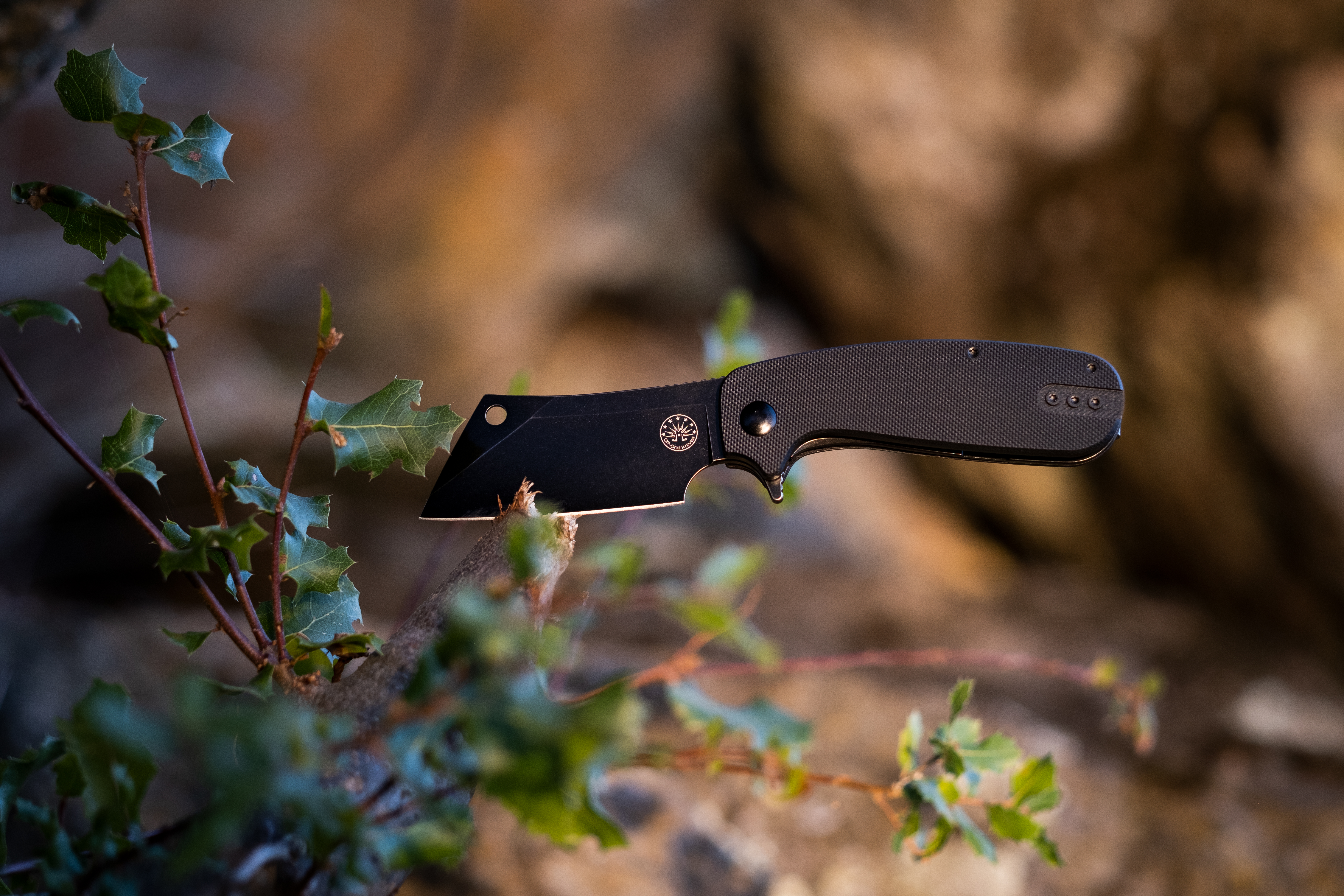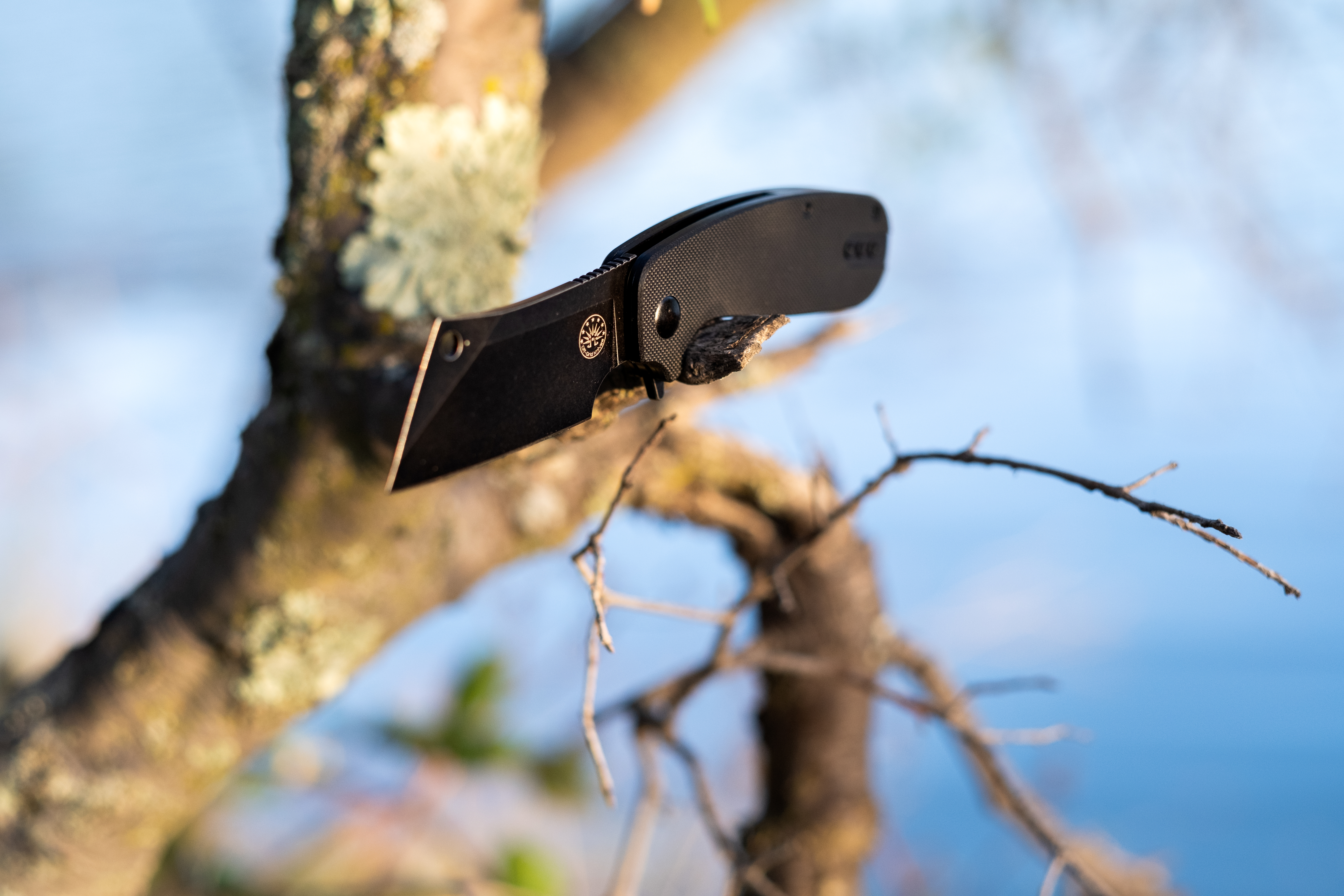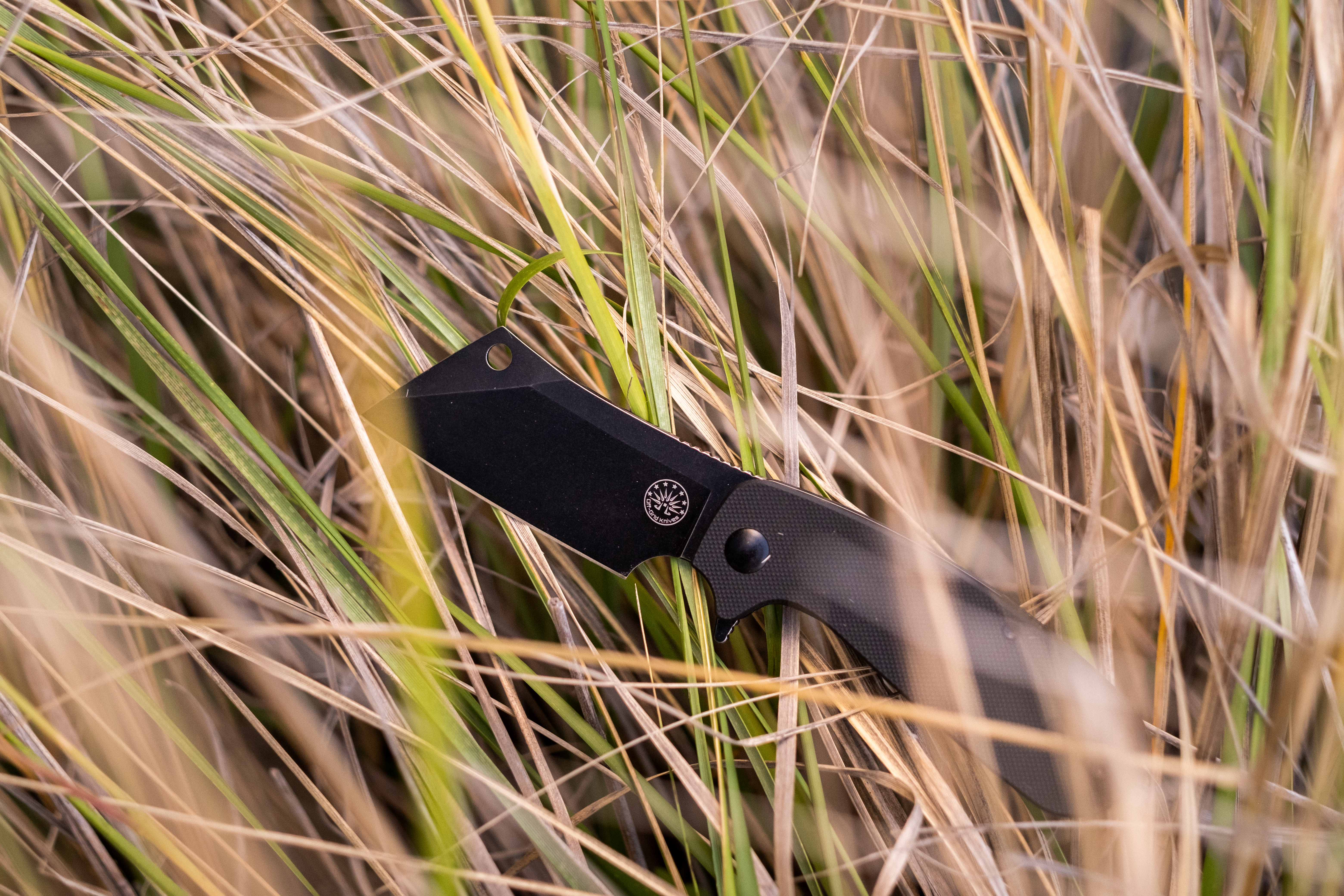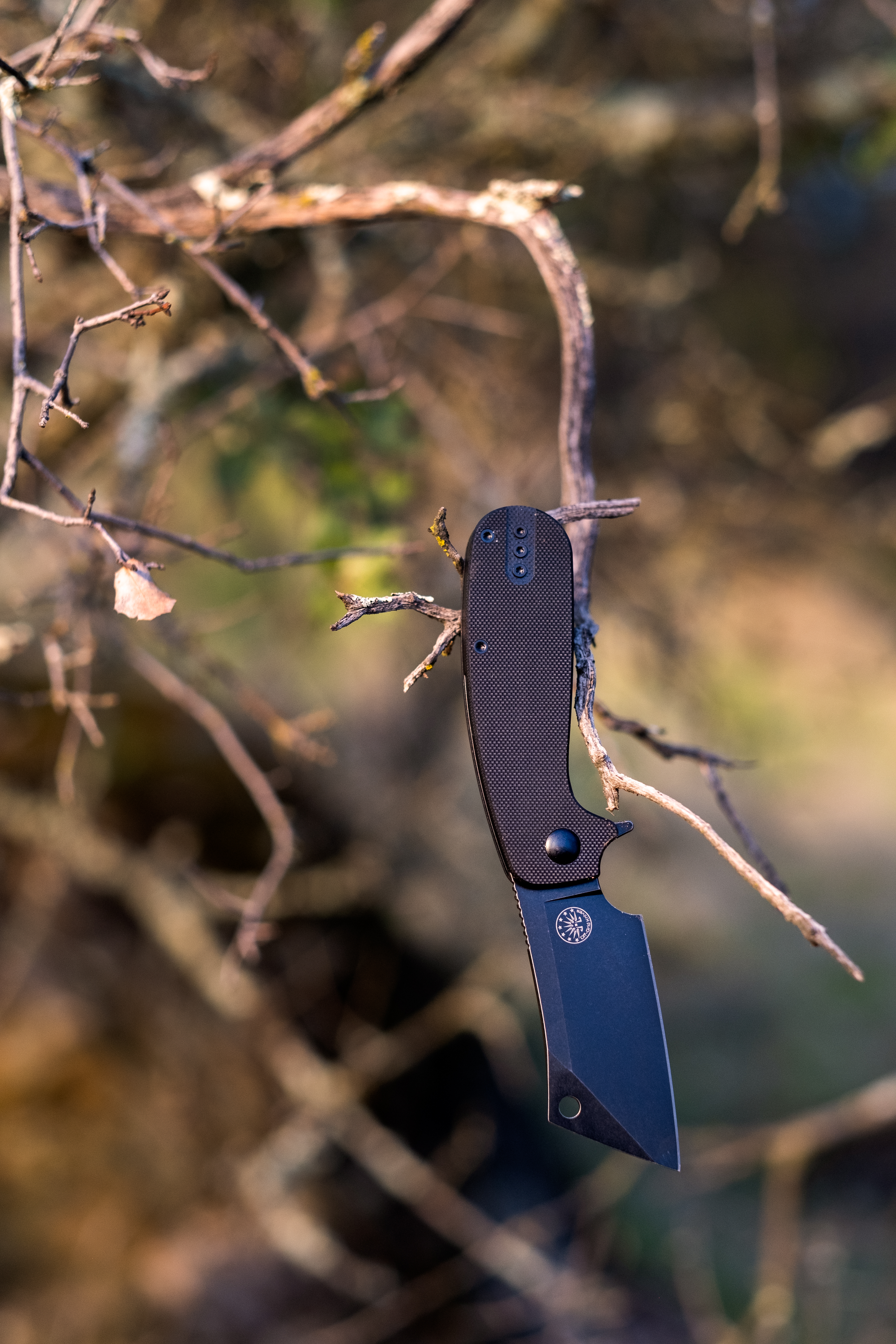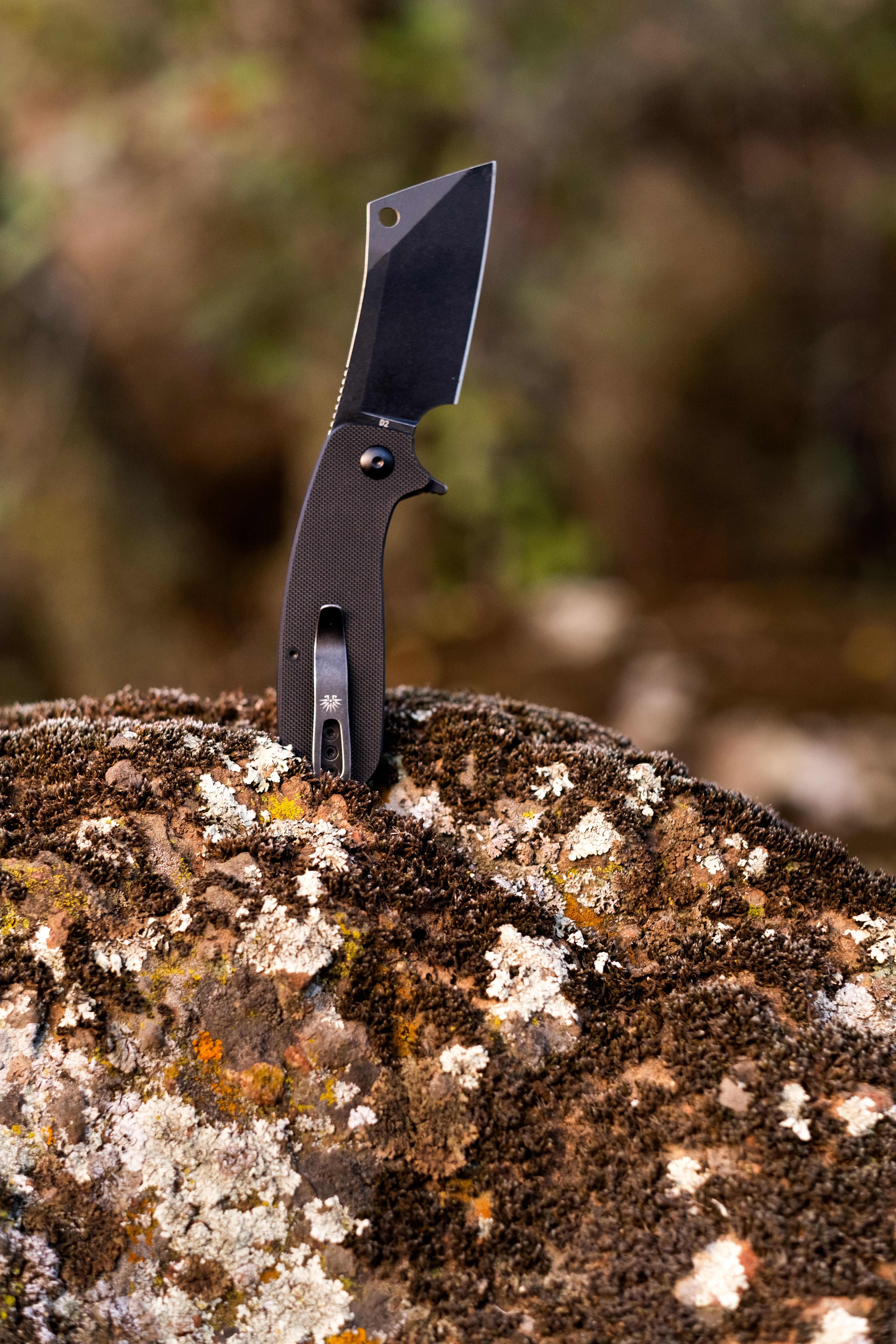Japanese cleaver - Where durability meets versatility
Oct 19th 2022
Though they are lightweight, these knives are not to be taken lightly.
While they are most commonly associated with sushi and sashimi preparation, Japanese knives can be used for a variety of other tasks, such as chopping veggies, mincing herbs, or slicing meat. Japanese knives are also incredibly sharp and have incredible hardness thanks to their high-quality stainless steel.
Among them is the Japanese cleaver Knife best known to lovers of Asian cuisine.
These stainless steel blades can make quick work of even the toughest ingredients. Whether you're a professional chef or a home cook, a Japanese knife is a valuable tool to have in your kitchen.
The Japanese cleaver knife is a brilliant, medium-duty knife that is useful in a lot of ways. It is best suited to cut, fruits, vegetables, boneless meats, and fish. Their design showcases the awesome craftsmanship that is put behind creating this knife. This pattern is the reason that the food does not stick to the knife thus making it an everyday use.
The different types of Japanese cleavers
Japanese cuisine is renowned for its use of fresh fish and meats. As a result, Japanese cleavers are designed to handle these ingredients with ease. There are two main types of Japanese cleavers: the traditional Japanese cleaver and the larger, more heavy blade chuka-bocho.
The traditional Japanese cleaver is lighter and more maneuverable, making it ideal for tasks such as deboning chicken. However, the chuka-bocho is a heavier, more powerful, thicker blade making it better suited for cutting through tough animal meat bones with pieces of meat like a butcher knife or Japanese meat cleaver. Ultimately, the type of cleaver you choose should be based on your specific needs and preferences.
How to sharpen a Japanese cleaver
Before learning how we can sharpen the Japanese-style cleaver Knife, it is first important to know the right time to sharpen your knife.
You can easily know it using the paper-cut test.
Try to slice an A4 size paper with your knife. If it cuts easily, your blade is still sharp. If it does not cut, follow any of the methods below to sharpen your blade.
Method 1: Honing rod
Many people think that the best way to sharpen a knife is to use a honing rod. While this method is common and relatively easy, it's not always the best option - especially for high-quality knives.
A honing rod actually removes a small amount of metal from the blade each time it's used, which can shorten the lifespan of the knife. In addition, the honing rod only hones the edge of the blade, rather than sharpening it.
Just for your information - Honing rods are forbidden in the Japanese culture for sharpening a Japanese-style knife.
Method 2: Knife sharpener
Many people believe that the best way to have a sharper blade is to use a knife sharpener. While this method is certainly easier than sharpening by hand, it has its downsides. First of all, knife sharpeners are quite expensive.
Second, they take away a small amount of metal from your knife with each use, gradually reducing the edge. For these reasons, many people choose to sharpen their knives by hand.
While it takes a bit more time and effort, hand-sharpening provides better results and helps to preserve your knives.
For these reasons, we recommend using a sharpening stone instead of a honing rod or a Knife sharpener. Although sharpening stones require a bit more skill and effort to use, they will ultimately result in a sharper blade that will last longer.
Method 3: Whetstone sharpening
Anyone who has ever sharpened a knife knows that it can be a time-consuming process. First, you need to find a good whetstone. Then, you need to soak the stone in water for at least 15 minutes.
After that, you need to hold the knife at the proper blade angle and use even strokes to sharpen the blade. Finally, you need to rinse off the knife and the stone and dry them both thoroughly. While this process may seem tedious, it is actually one of the best ways to keep your knives sharp.
Whetstones allow you to remove only a small amount of metal from the blade, which means that they can be used over and over again without damaging the knife. In addition, the whetstone sharpening process creates a much sharper edge than other methods such as electric sharpeners.
As a result, taking the time to sharpen your knives with a whetstone is definitely worth the effort as it provides incredible edge retention.
How to store your Japanese cleaver
If you're lucky enough to own a Japanese cleaver knife (or multiple!), you might be wondering the best way to store it. After all, you want to keep it in good condition so that it will last for years (and hopefully generations) to come.
Luckily, there are a few different options available, depending on your personal preferences and needs. Wall magnets or magnetic knife set keepers are a great way to both show off your collection and keep the blades safe. If you have young children in the house, this might be the best option to prevent accidents.
Knife blocks and kitchen drawers are the most common ways to store knives, and for good reason - they're simple and effective. If you're short on counter space, a display stand is a great way to keep your knives within reach but out of the way.
Finally, dedicated knife holder rolls are perfect for those who like to take their knives on the go - whether that's for a picnic or a professional cooking competition. No matter which method you choose, proper storage will help ensure that your Japanese cleaver knife stays in pristine condition for years to come.
Your way to store a knife can be fancy as having a knife roll or as simple as using a drawer. It all depends on what is more important to you. Whether it is portability, looks, accessibility, or anything else. Choose and decide a way to store it that meets your needs. Also, if you need it, we will help you out.
Conclusion
A Japanese cleaver knife is an all-purpose tool that can be used for a variety of tasks in the kitchen. Whether you need to chop vegetables, slice meat, or prepare Asian cuisine, the Japanese cleaver knife is the ideal knife choice.
The blade is made of high-quality stainless steel that is designed to withstand heavy use, and the Japanese handle is comfortable to grip, making it easy to use. If you're looking for a high-quality perfect knife that will last for years, the Japanese cleaver knife is the perfect option.
At Off-Grid Knives, we have a range of cleaver knives. As fellow knife enthusiasts, we are always happy to help out with any questions you may have.




